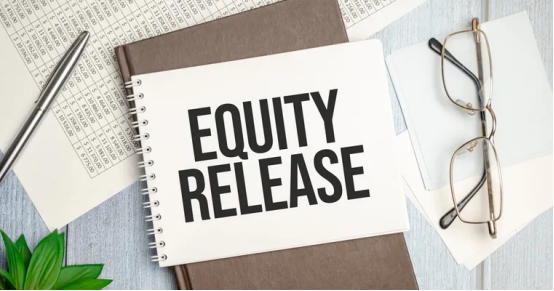Equity Release in the UK: How to Calculate Your Potential Payout
Equity release has become an increasingly popular financial solution for homeowners in the UK, especially those aged 55 and over.
Equity release has become an increasingly popular financial solution for homeowners in the UK, especially those aged 55 and over.

It provides an opportunity to access the value tied up in your home, offering financial support for retirement or helping cover unexpected costs. However, before considering an equity release plan, it’s crucial to understand how much you can release and how to calculate that amount. In this article, we explore how equity release works, the factors influencing the amount you can access, and the steps to determine how much you qualify for.
What is Equity Release?
Equity release is a financial option that enables homeowners to unlock the equity in their property without the need to sell it. There are two main types of equity release products available in the UK:
- Lifetime Mortgages: The most common form of equity release, a lifetime mortgage involves taking out a loan secured against your property. The loan is repaid when you pass away or move into long-term care, and you can continue living in your home for as long as you wish. Interest accrues over time and is paid off once the property is sold.
- Home Reversion Plans: With a home reversion plan, you sell a percentage of your home to a reversion company in exchange for a lump sum or regular payments. You retain the right to live in your home for as long as you want, but upon your death or moving into care, the company takes ownership of its share.
Both options allow access to a portion of your home’s value, but the amount you can release depends on several important factors.
How is the Amount of Equity Release Calculated?
Several factors determine the amount of equity you can release from your property:
- Your Age: In general, the older you are, the higher the percentage of your property’s value you can release. This is because the loan is expected to be repaid sooner, either when you pass away or move into care.
- The Value of Your Property: The higher the market value of your home, the more equity you can access. The loan amount is typically calculated as a percentage of the property’s current value.
- Health Considerations: Some equity release providers offer higher amounts to homeowners who are in poor health. Lenders may assume the loan will be repaid sooner, making more equity available to those with health concerns.
- Type of Plan: Different equity release plans offer varying amounts. Lifetime mortgages typically allow you to borrow a higher sum, but they come with interest that can compound over time. Home reversion plans, on the other hand, may release a lower amount but are debt-free, with no interest to worry about.
- Property Type and Location: The type and location of your property can influence the equity available. Lenders often have preferences for specific types of homes (e.g., detached or semi-detached houses versus flats or rural properties). Location can also impact property value, thereby affecting how much equity you can release.
How to Determine How Much Equity You Can Release
There are several steps you can take to find out how much equity you may be able to access:
- Use Online Equity Release Calculators: Many equity release providers, such as Aviva, offer online calculators. These tools can give you an estimate based on your age and the value of your home. While they provide a quick estimate, the results should be verified through professional advice.
- Consult with a Specialist: Speaking to an equity release advisor or financial expert is essential. These professionals can evaluate your situation, taking into account your age, health, property value, and other variables to provide a more accurate estimate.
- Get an Official Property Valuation: A formal valuation of your property is necessary to determine the precise amount you can release. Your equity release provider can help arrange this through an accredited surveyor.
- Compare Multiple Providers: Different equity release providers offer varying terms and conditions. It’s important to shop around, comparing interest rates, fees, and other factors. This ensures you select the most suitable plan for your circumstances.
The Potential of Equity Release
Equity release can be a valuable financial tool for homeowners, providing a source of income or funding for retirement. However, understanding how much equity you can access is crucial in making an informed decision. Key factors such as your age, the value of your home, and the type of equity release plan you choose will determine the amount available to you.
By using online calculators, consulting with specialists, getting an official property valuation, and comparing offers from different providers, you can navigate the process with confidence. Always ensure you fully understand the long-term implications of equity release and its impact on your financial future before committing to any plan.